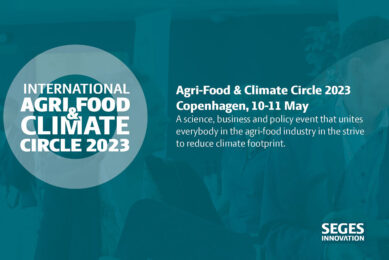“Hormone-fed beef benefits environment”

The use of growth promoting hormones in North American beef cows not only profits beef producers, it also benefits consumers and the environment. This is the remarkable conclusion of a new report by the Hudson Institute Center For Global Food Issues in the US.
safety grounds – have been used in North American beef production for over 50
years. Despite the discussion whether or not use hormones in US beef, the report
states that there are enormous environmental benefits to be gained from use of
these products. Increased feed use efficiency, reduced land requirements, and
reduced greenhouse gas emissions per pound of beef produced have all been
conclusively demonstrated.
Less land needed
The
report states that comparing conventional beef production to an alternative
grass-based beef production system using an economic/production model created by
scientists at Iowa State University shows that growth promoting hormones and
ionophores decrease the land required to produce a pound of beef by two thirds,
with fully one fifth of this gain resulting from growth enhancing
pharmaceuticals. Whereas grass-based organic beef requires more than 5 acre-days
to produce a pound of beef, less than 1.7 acre days are needed in a grain-fed
feedlot system using growth promotants.
Less greenhouse
gases
According to the report, grain feeding combined with growth
promotants also results in a nearly 40% reduction in greenhouse gases (GHGs) per
pound of beef compared to grass feeding (excluding nitrous oxides), with growth
promotants accounting for fully 25% of the emissions reductions.
Related website:
The
full paper from CGFI











